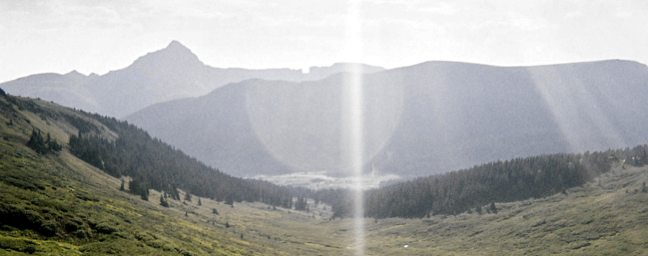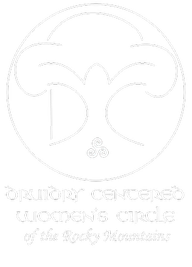

The practice of the Druidry Centered Women's Circle receives inspiration and guidance from Irish culture, history, folklore, song, and literature.
Language
The word “druid” comes to us from the earliest writings in Irish yet it has cognates in other countries and cultures as noted in Roman historical writings. It is not a new-age or modern term. There are many words that share a common root, and may or may not be related to the cultural existence of the Druids.
In our practice of Druidry we study the Irish language and facilitate opportunities for sharing and improving with our community.
Learning & Teaching
In Irish literature we find that Druids were a highly regarded class in a very hierarchical society. They were considered the learned class. Their education took twenty years, about as many years as it would take to become a doctor or lawyer in the U.S. today. We know their education included history, medicine, craftmanship, law, and other topics. It is possible that individuals had specialties.
We hold the sciences and the pursuit of education in high regard. As individuals we engage in both learning and teaching.
Poetry & Song
The Druids held sway in pre-Christian and therefore pre-literate Irish society. In an oral culture information is encoded in song and spoken verse, and can hold and transmit specific information for thousands of years. Every aspect of early Irish society involved singing and recitation. The Druids were noted as great poets, and exchanged information in what sounded like riddles to the untrained.
In our public and private events we sing and share poetry, we study the stories from Ireland, particularly the great epics and their related tales.
Ogham & the Trees
The Druids are associated with the ogam/ogham generally, and the tree ogham specifically. The ogham is a mnemonic device that encodes important information. The status of the tree ogham has led to the impression that the Druids were naturalists, but in the time of the Druids, familes made everything they needed for themselves from local resources. Trees were sources of structural and decorative wood, as well as food and medicine. Everyone understood the differences between various trees and plants the way a modern person knows the difference between cars and trucks, or houses and apartment buildings.
We reconnect to our sacred landscape through the study of native plants and trees, local birds and animals. We look for the versions of the ogham trees in our own environment when they are available.
Cycles of Time
Electric lighting has existed for less than two hundred years, and before that, especially north and south of the equator, people were as aware of the point on the horizon where the sun and moon rose and set as we are aware of the days of the week. The placement and phase of the moon would have been as common to them as the hours on the clock are to us. Our path provides opportunities to experience that sense of time and season in order to reframe our understanding of that way of living and make use of the advantages it may offer.
Gods & Not Gods
The literature of Ireland is filled with heroic figures of great reknown and astonishing power, Gods and not Gods. It is a complex mythos that is very different from other European cultures. The archaeology and enduring cultural practices reveal a rich spirituality that involves the land itself, and offerings, honoring, and petitioning. We study these to share information and guidance with each other and the community. Spirituality is a very personal aspect of self. Each one of us has our own strong beliefs and commitments. We do not dictate specific religious actions or devotions, but offer our understanding and experience as appropriate.
Spirit of Place
Ireland is the most densely place-named country in Europe, possibly in the world. Every town, lake, hill or other landmark has at least one name. There is an entire category of liturature called the Dinschenchas, the stories of place names. Our spiritual practice seeks to connect us to the land we practice on, through our experiences, through history, and through geology.
~Our Druidry~

